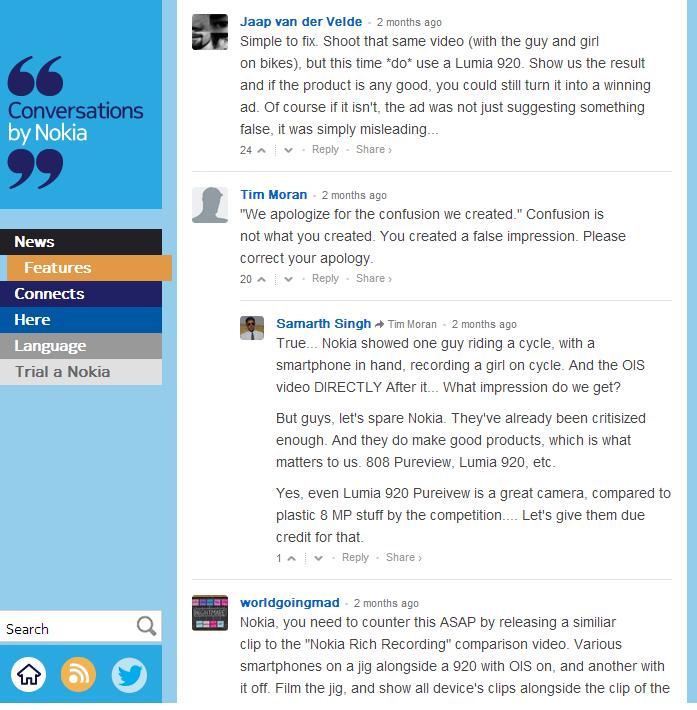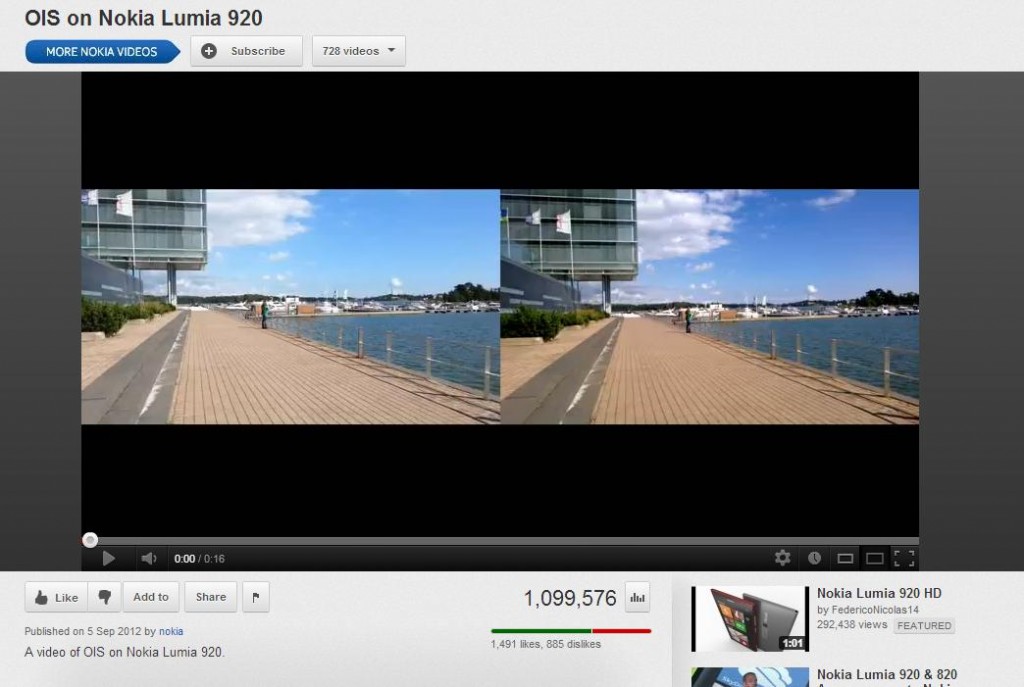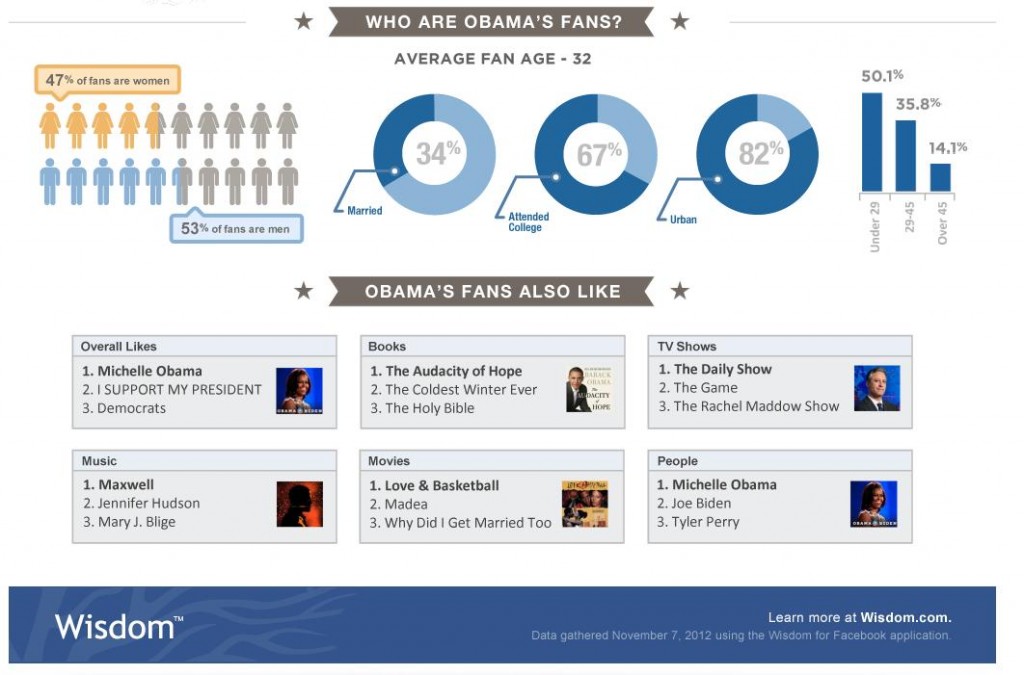Black Friday. Not as popular over here in Canada, but for the United States, it’s a typical tradition filled with early mornings, long line-ups, pushing, shoving, and intense shopping. Literally, the only time that the phrase, “shop ’til you drop“, should apply is when it comes to this pre-Christmas shopping extravaganza.
However, while big name companies get the upper hand with blow-out sales and a chance to get rid of stock prior to the Christmas season, what’s the benefit for the little guys?
Well, to compensate for the madness, Twitter is lending a hand to small businesses by offering up to $1 million in free ad credits in total to 10,000 businesses to support Small Business Saturday this weekend. Basically, the first 10,000 small businesses who apply and are eligible for the promotion will automatically gain $100 in free credits.
Benefits to Small Businesses:
- Free Advertising: These businesses can use these ad credits to purchase Promoted Trends and Promoted Accounts on Twitter, which will allow them to get their content featured more prominently on the site.
- Building Awareness and Gaining New Customers: When it comes to advertising on Twitter, small businesses are being exposed and introduced to over 140 million of Twitter’s users. Especially when starting up, it’s a cost-effective way to get oneself known to the community.
- Engagement with the Online Community: Make a Twitter account and become a source to go to after users see your advertisements. Hear and listen to what your followers are saying. Understand and develop a following. This is an opportunity for, you as a company, to build a personality and be recognized for your help, instead of solely just sales. However, when it comes to sales, it’s also nice to know that studies have shown that 64% of twitter users are more likely to buy the brands they follow or are a fan of.

Benefits to Twitter:
- Entice Thousands of New Businesses to Start With Them: With Twitter’s offering, they’ve given new, start-up businesses a chance to try out advertising on the website. And what better place to start than to advertise on one of the most used social media sites to date. Twitter is smart by offering this promotion, especially during Black Friday weekend. They’re providing a freemium, in which they’re providing the advertising service at no charge at all. They’re giving small businesses a chance to experience social media advertising for the first time, and easing the transition for companies to transition from offline to online marketing.
- Gaining Commitment and Increasing the Number of Businesses that Pay To Advertise: Although it’s free for now, Twitter’s step in introducing new businesses to the online world won’t go unpaid for. They’ll definitely be making profits off of their premiums, such as for new businesses deciding to continue their advertising services after the $100 credit is used up or for advanced features. Although giving up things for free initially, Twitter’s giving new businesses a feel of what online advertising can potentially do for their businesses, and after the term is up, it may be hard for businesses to turn away after they’ve seen and learned the outcomes of social media.
My one concern for new businesses is to be cautious of the “shiny objects syndrome“, which basically means that although a trend is a trend, don’t get too easily distracted by it. Getting distracted by the latest fad or new ideas can get a company in trouble, and be costly in the long run. When it comes to Twitter’s Free Ad promotion, who doesn’t like free stuff? But if you don’t exactly understand or know how social media can benefit your company specifically, it might be better to lay off and avoid getting sucked in. A company may spend thousands of dollars and hours of time investing in this “shiny object”, without actually knowing whether it’s “right” for the business. Take precaution! New shiny objects are nice to look at, but so are tigers in a zoo. Getting too close might cause you more damage than if you hadn’t tried at all.

Before jumping on the bandwagon, it’s best to build and get a better understanding of the people, objectives, strategy, and technology in order to develop your approach to the social strategy. Below, I’ve broken down the POST acronym into questions that a small business can ask themselves before taking action on a social strategy. The POST acronym is a way to breakdown and approach a social strategy based on your business fundamentals:

- PEOPLE: What type of consumer target market are you aiming for? (ex. Conversationalists, Critics, etc.).
- OBJECTIVES: Given the business, what will investing into social media actually do for the company? What are you trying to achieve by getting involved with social media for your business?
- STRATEGY: Based on your consumer segment, how will your strategy change in order to suit and adapt to their needs and lifestyle?
- TECHNOLOGY: Depending on your consumer target market, is this social media platform applicable to their lifestyles and personalities?























